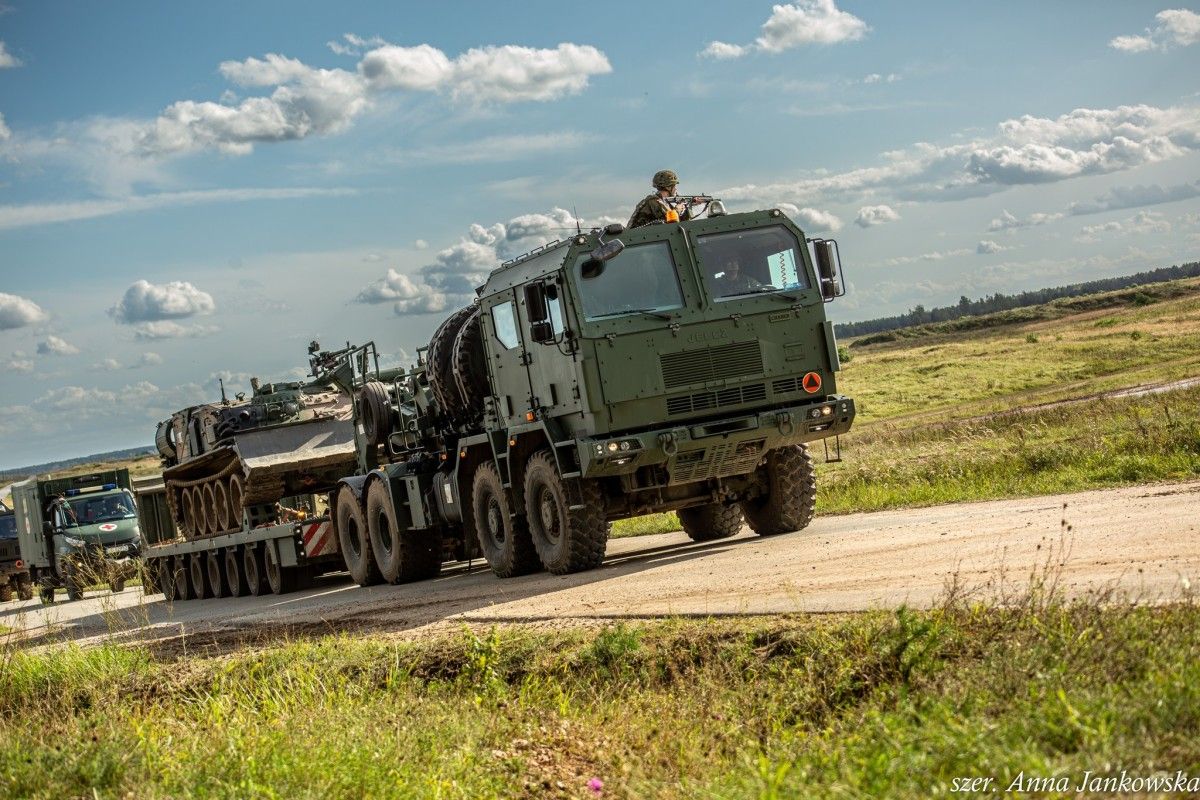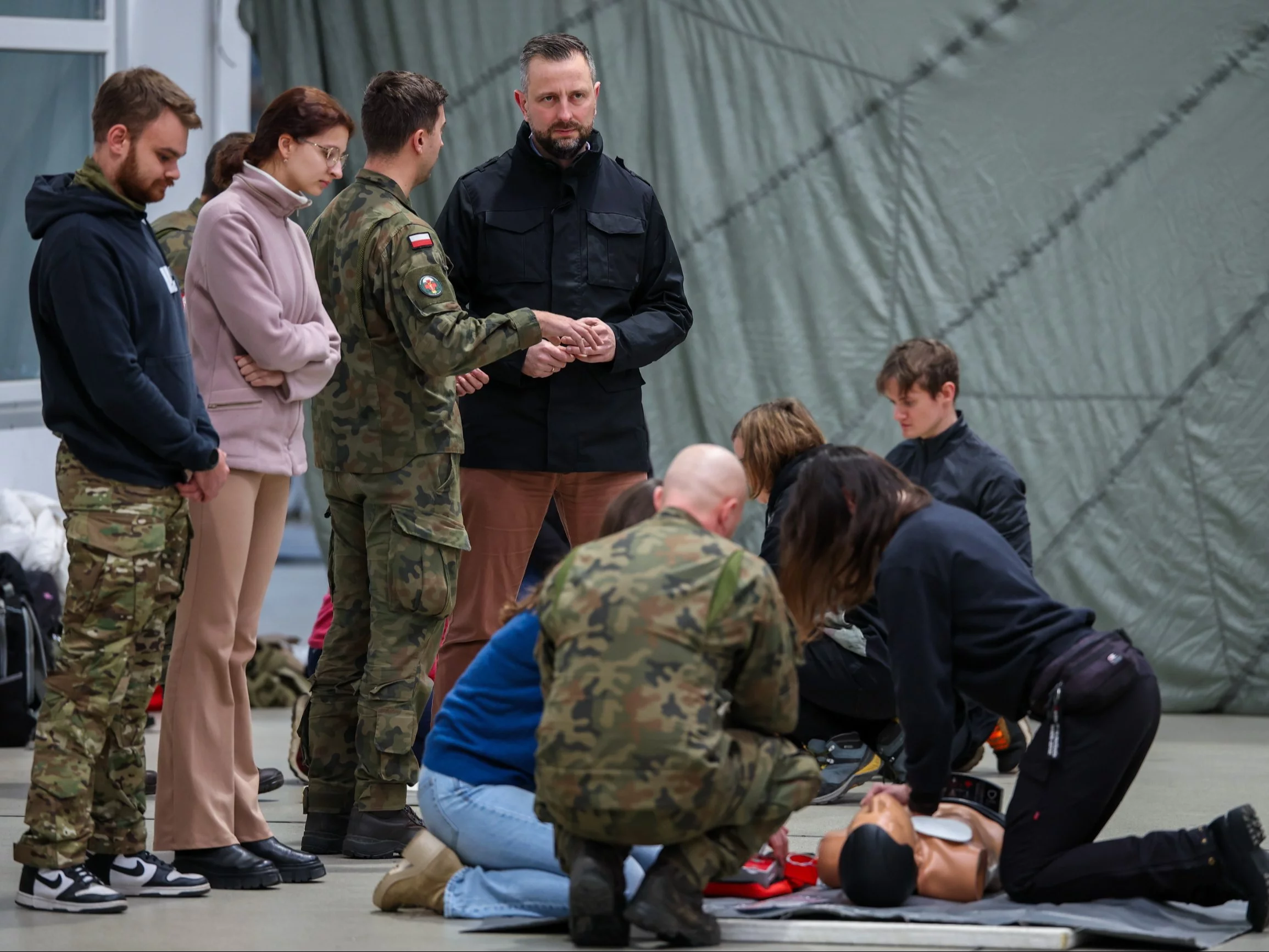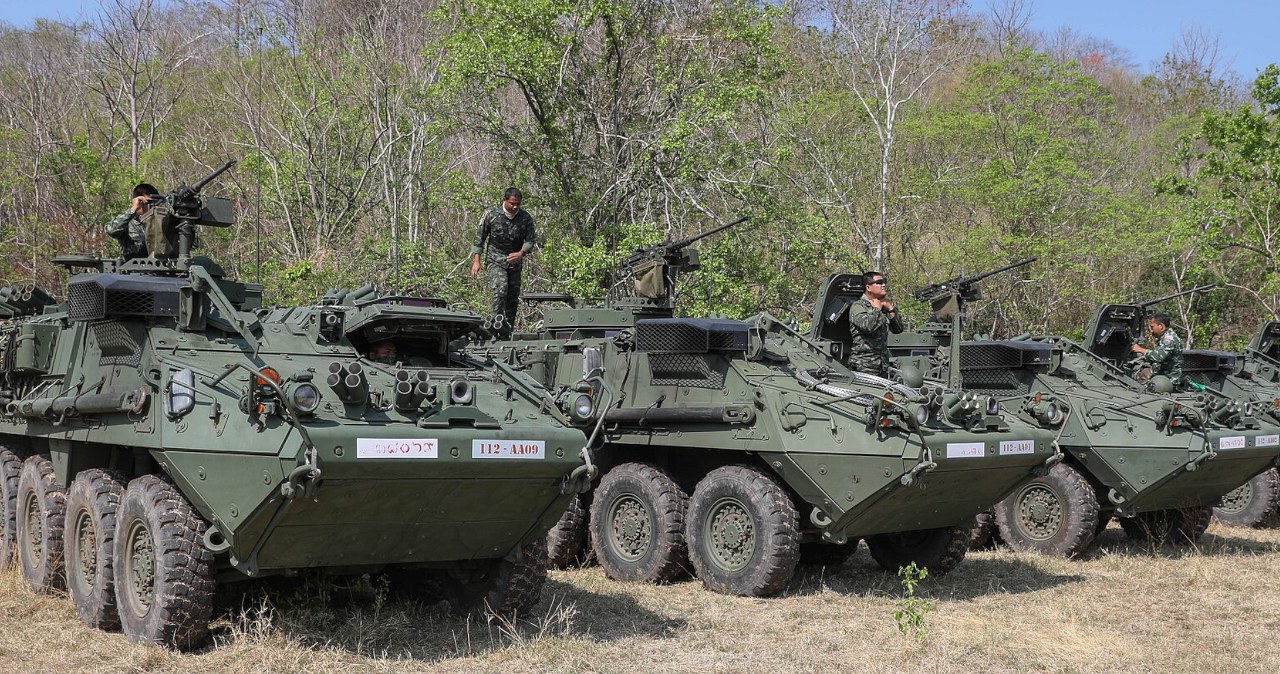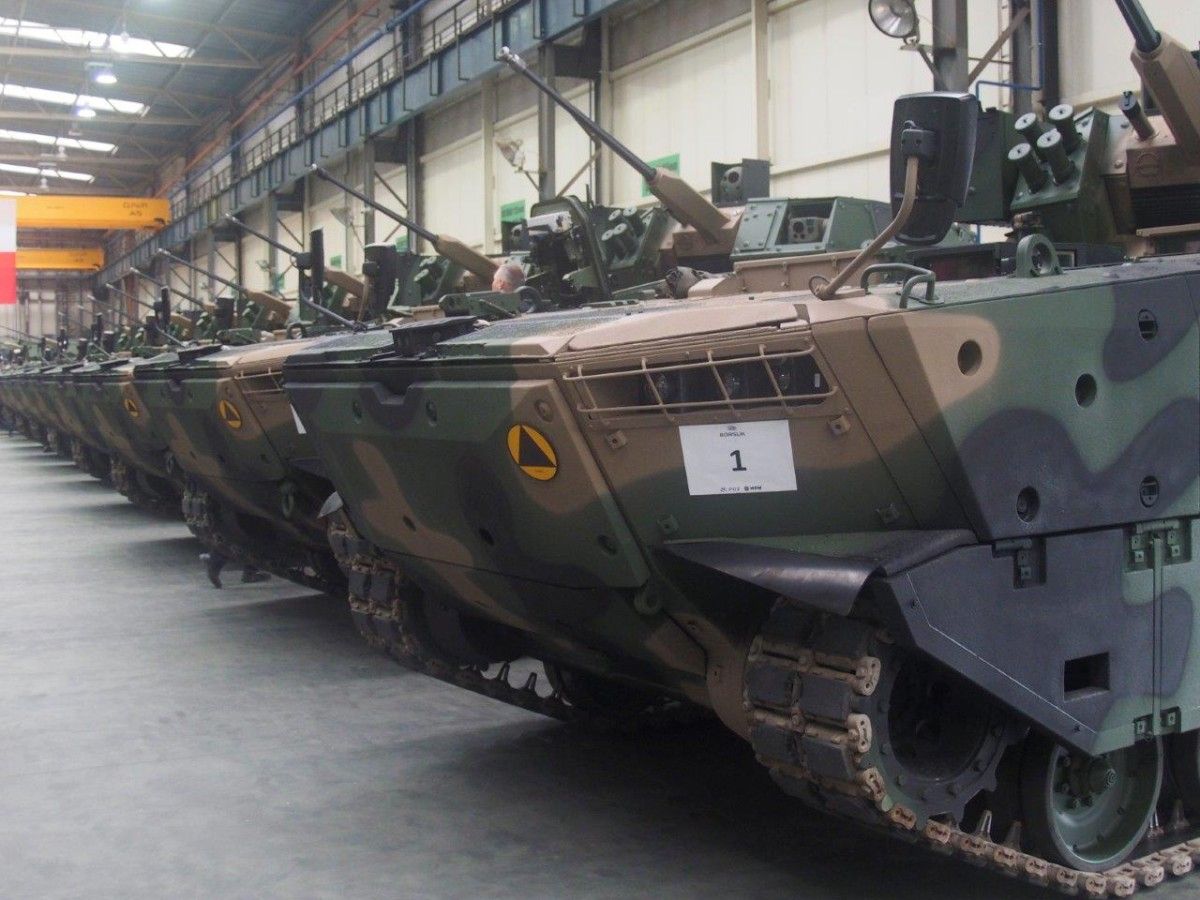
In the face of increasing geopolitical tensions, Poland has taken decisive steps to prepare for possible crisis situations that may require mass evacuation of the population. The Government safety Centre (RCB) is presently coordinating work on developing evacuation guidelines to guarantee effective and safe displacement of civilians in case of emergency. These actions are straight linked to the fresh civilian Protection and Defence Act, which has been in force since January 2025. The cooperation of the RCB with the General Staff of the Polish Army and the provincial administration emphasizes a multidimensional approach to planning, taking into account both the military and civilian aspects.
New responsibilities of the Government safety Centre
Under the fresh provisions of the Act, the RCB is required to make guidelines that will service the voivodships to make detailed evacuation plans at regional level. RCB Director, Zbigniew Muszyński, stressed that the work began immediately after the entry into force of the Act, with the consequence of intensive cooperation with the General Staff and consultation with representatives of the provincial administration. This approach is intended to guarantee that the guidelines are based on sound cognition and experience, while being adapted to local realities.
RCB does not impose solutions from the top – alternatively it focuses on dialog with employees of provincial offices who know the specificity of their regions. During a series of consultations and a specialised seminar, comments and suggestions on possible evacuation challenges were collected, which increases the applicable usefulness of the documents.
The Importance of War Experience in Ukraine
A clear impulse to make fresh evacuation plans was the tragic experience of the conflict in Ukraine. The mass displacement of civilians and the organisation of humanitarian corridors have highlighted the importance of efficient transport management and the provision of basic evacuated needs. manager Muszyński pointed out that Poland is trying to draw conclusions from these events, adapting them to its own conditions and challenges.
Coordination of activities between voivodships and possible cooperation with neighbouring countries is an crucial part of these preparations. Cross-border evacuation scenarios or the reception of displaced persons from another countries require precise management of interface points between administrations. This component is peculiarly crucial in the context of increasing geopolitical tensions in the region.
Civil Protection and Defence Act – the foundation of fresh actions
The legal basis for RCB activities is the civilian Protection and civilian Defence Act in force since January 2025. It requires the Government safety Centre to make a national evacuation plan and coordinate provincial plans. The rules besides supply for the improvement of alert systems, the expansion of shelter infrastructure and the strengthening of social resilience to crises.
Minister of Interior and Administration Maciej Kierwiński has already pointed out that efficient and efficient evacuation systems are a key component of state security. The RCB's current work implements these demands, focusing on applicable solutions and the usage of available transport infrastructure and temporary residences.
Broader context and fresh safety challenges
Polish preparations for mass evacuation fall into global trends and safety challenges of the 21st century. In addition to conventional military threats, the importance of hybrid threats, cyber attacks, natural disasters and industrial accidents is increasing. Each of these scenarios requires an individual approach to evacuation plans, taking into account the specificity and dynamics of the threat.
Modern plans must usage digital technologies – communication systems, social media and mobile applications that enable coordination and fast information transmission. Polish guidelines will so combine conventional methods with modern solutions, which will guarantee the redundancy and resilience of the strategy to possible infrastructure failures.
Complexity and logistics of evacuation
The evacuation plan is much more than the definition of routes and means of transport. It must include the recognition of persons in request of peculiar care, specified as elderly, disabled or children. It is essential to organise reception points, to supply access to medical assistance, food, water and medicines, and intellectual support. All these elements are included in the RCB's guidelines.
An crucial part of the process is the inventory of resources, including available means of transport, temporary shelters (e.g. schools, sports halls) and stocks of essential products. Comprehensive planning of distribution logistics of these resources is crucial to the efficiency of evacuation.
Communication and prevention of misinformation
Effective planning requires the improvement of a crisis communication strategy that will enable fast and clear communication to the public. Citizens request to know the rules and deadlines for evacuation, collection and transport. Combating misinformation and panic is equally crucial here – that is why multichannel communication is foreseen, utilizing both conventional media and modern digital platforms.
Future prospects
The RCB guidelines will be the foundation for the provincial evacuation plans, which in turn will be adapted to local conditions. Poland thus strengthens its civilian safety strategy and prepares for various crisis scenarios, both military and extra-military. The integrated activities of state and military administration and the inclusion of lessons from the conflict in Ukraine are key to effective civilian protection.
Continued here:
Poland prepares plans for mass evacuation








![Will the "Southern Spear" pierce Maduro? The (non)war between the US and Venezuela [ANALYSIS]](https://cdn.defence24.pl/2025/11/14/1200xpx/KUAZZp8uQJ7PxYkFyvlqh67kIv1FSia71xI4Pya0.f3sq.jpg)




![Papież Leon XIV odwiedził Błękitny Meczet w Stambule [ZDJĘCIA]](https://cdn.wiadomosci.onet.pl/1/94sk9lBaHR0cHM6Ly9vY2RuLmV1L3B1bHNjbXMvTURBXy8zOGE2ZDA1YzcxMjAyN2EyZjE2Y2VmZWYzNGEzNmRiMC5qcGeSlQMAzNDNB9DNBGWTBc0JYM0GQN4AAqEwB6ExBA)
